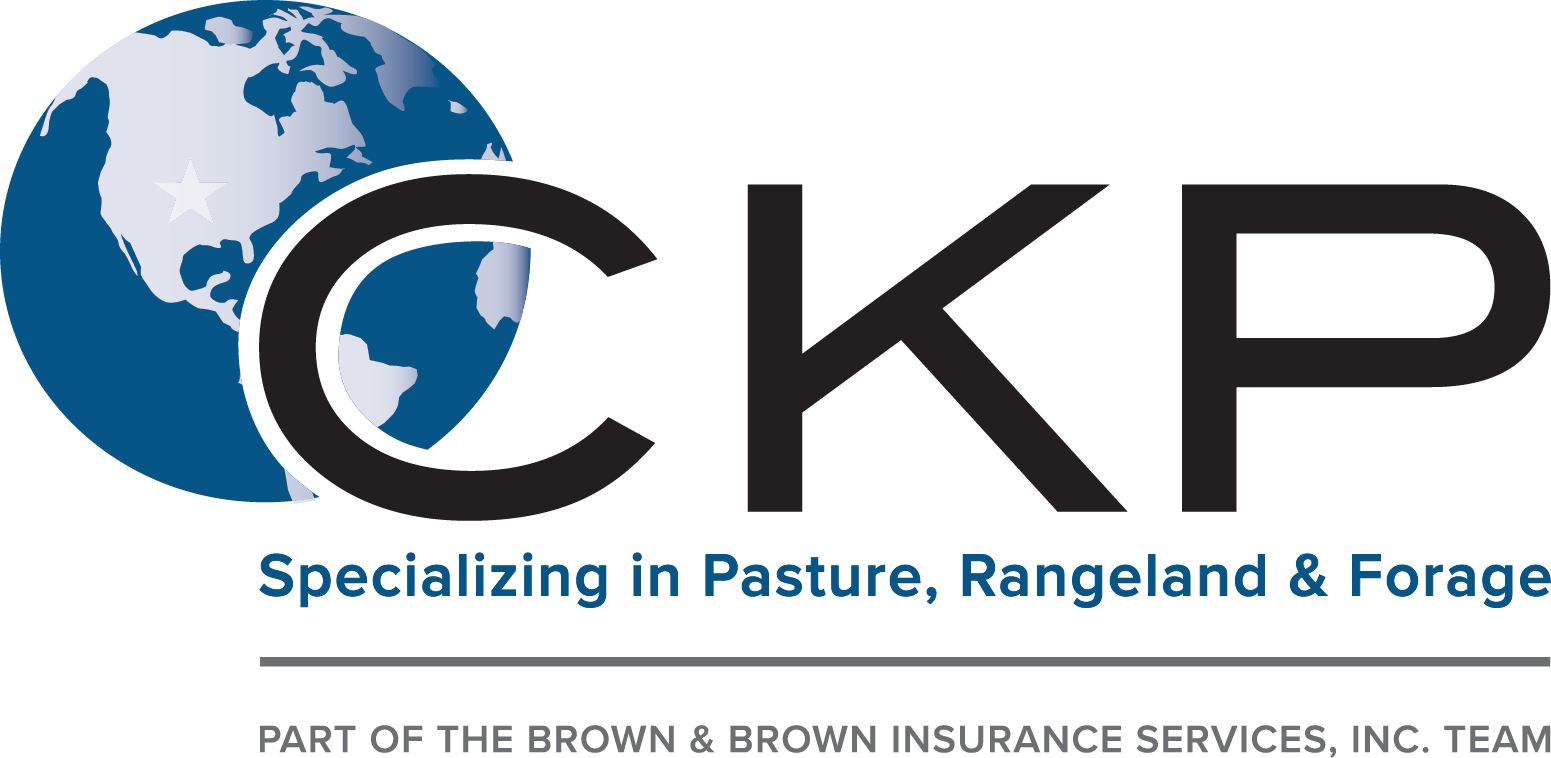A Biased View of Bagley Risk Management
A Biased View of Bagley Risk Management
Blog Article
Specialist Guidance on Danger Analysis and LRP Insurance Policy Solutions

The Relevance of Threat Evaluation
Efficient risk assessment is fundamental in the decision-making process of any kind of company, assisting calculated planning and resource allocation. By methodically identifying, evaluating, and prioritizing prospective risks, businesses can prepare for difficulties, maximize chances, and make notified choices to attain their objectives. Risk analysis enables organizations to proactively resolve susceptabilities, alleviate threats, and maximize their danger management methods.
One of the crucial advantages of danger evaluation is its role in improving operational efficiency. By recognizing the prospective threats that might impact different aspects of the organization, organizations can simplify processes, designate resources extra successfully, and reduce the probability of costly interruptions. Danger assessment allows business to comply with regulative needs, safeguard their online reputation, and build depend on with stakeholders.
Comprehending Possible Losses
To comprehend the influence of threat assessment, it is essential to comprehend the prospective losses that might dramatically influence a company's operations and financial stability. Potential losses can occur from different sources, consisting of all-natural calamities, financial declines, operational failings, regulative modifications, and cybersecurity breaches. These losses can lead to direct expenses such as residential or commercial property damage, legal expenses, and fines, as well as indirect expenses like reputational damage and loss of market share.
Understanding prospective losses includes carrying out a comprehensive analysis of the risks that could appear and estimating the financial impact they may have on the company. By measuring these prospective losses, services can prioritize threat reduction efforts and designate sources efficiently. A detailed understanding of potential losses makes it possible for organizations to make educated decisions when selecting danger management methods, such as purchasing insurance policy protection or carrying out risk control measures.
In significance, by recognizing and comprehending potential losses, organizations can proactively take care of dangers and guard their long-lasting sustainability and success.
Duty of LRP Insurance Coverage Solutions
The assimilation of LRP insurance coverage remedies within an organization's danger administration framework boosts strength and fortifies monetary security against unpredicted adversities. LRP, or Loss Healing Item, insurance remedies play an important function in mitigating the effect of possible losses by providing monetary security and assistance in times of situation. These insurance services are customized to fulfill the specific needs of services, using coverage for various risks such as home damages, organization interruption, liability insurance claims, and a lot more.
By moving the financial danger to an insurance coverage provider, companies can focus on their core procedures with higher peace of mind, recognizing that they are secured versus substantial monetary losses. Additionally, LRP insurance policy solutions can enhance an organization's risk management method by supplementing existing danger mitigation measures and making certain comprehensive security throughout all locations of potential susceptability.
Identifying Secret Dangers
In the process of threat evaluation, a crucial step involves identifying vital risks that have the prospective to impact a company's procedures and financial stability. Determining vital threats calls for a comprehensive evaluation of internal and exterior variables that could position risks to the organization's goals. Inner dangers may consist of operational inefficiencies, conformity problems, or human resource challenges, while external dangers can include financial slumps, regulative changes, or all-natural catastrophes.

In addition, crucial threats need to be consistently assessed a fantastic read and updated to line up with the dynamic company environment. This aggressive technique allows companies to stay ahead of possible risks and secure their lasting success.
Choosing the Right Insurance Coverage
Having actually determined the essential threats that can affect an organization's operations and monetary stability, the following vital action entails thoroughly picking the appropriate protection to successfully manage and alleviate these risks. When it involves choosing the ideal insurance coverage, companies need to consider their specific threat exposure, economic capacities, and critical goals. It is crucial to perform an extensive examination of the offered insurance options to ensure that the chosen insurance coverage aligns with the company's risk monitoring goals.

Organizations should work very closely with knowledgeable insurance coverage experts to evaluate their threat accounts and recognize one of the most appropriate insurance policy products to address their demands. Tailoring insurance policy coverage to details threats can aid maximize defense while decreasing unneeded costs. Furthermore, companies need to assess plan terms thoroughly to recognize the degree of coverage provided and any type of potential exclusions that may influence their danger mitigation strategies.
Final Thought
In conclusion, risk analysis is critical in determining prospective losses and choosing the ideal LRP insurance options. Specialist advice can assist navigate the complexities of danger you can check here evaluation and insurance coverage services, giving More Info organizations with the required devices to effectively handle and reduce risks.
Professional assistance plays an essential function in this procedure, supplying important insights into determining and assessing dangers, as well as strategically choosing ideal insurance coverage customized to mitigate those risks properly. A thorough understanding of potential losses makes it possible for companies to make enlightened decisions when selecting threat monitoring techniques, such as buying insurance coverage or applying risk control steps.

Report this page